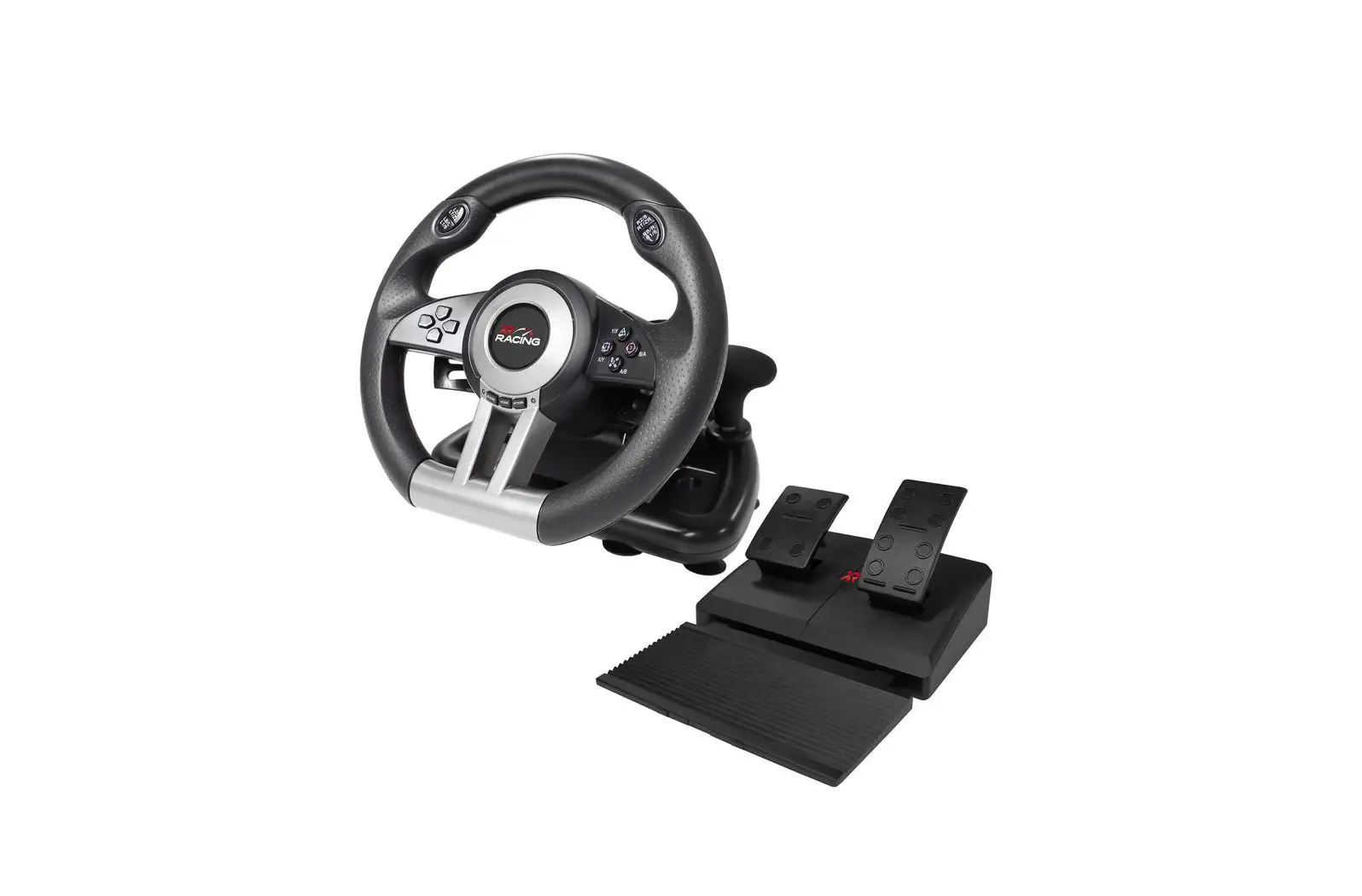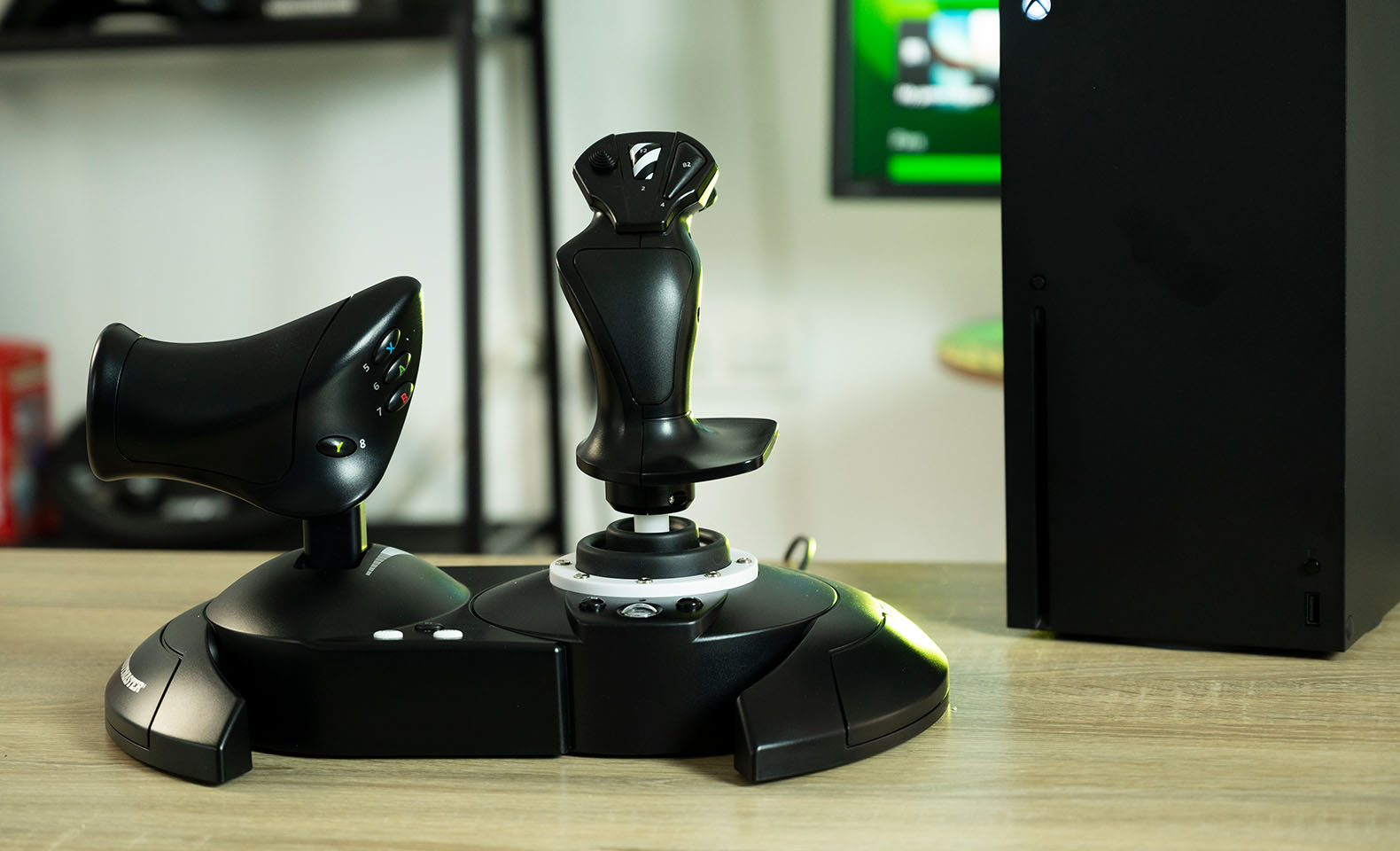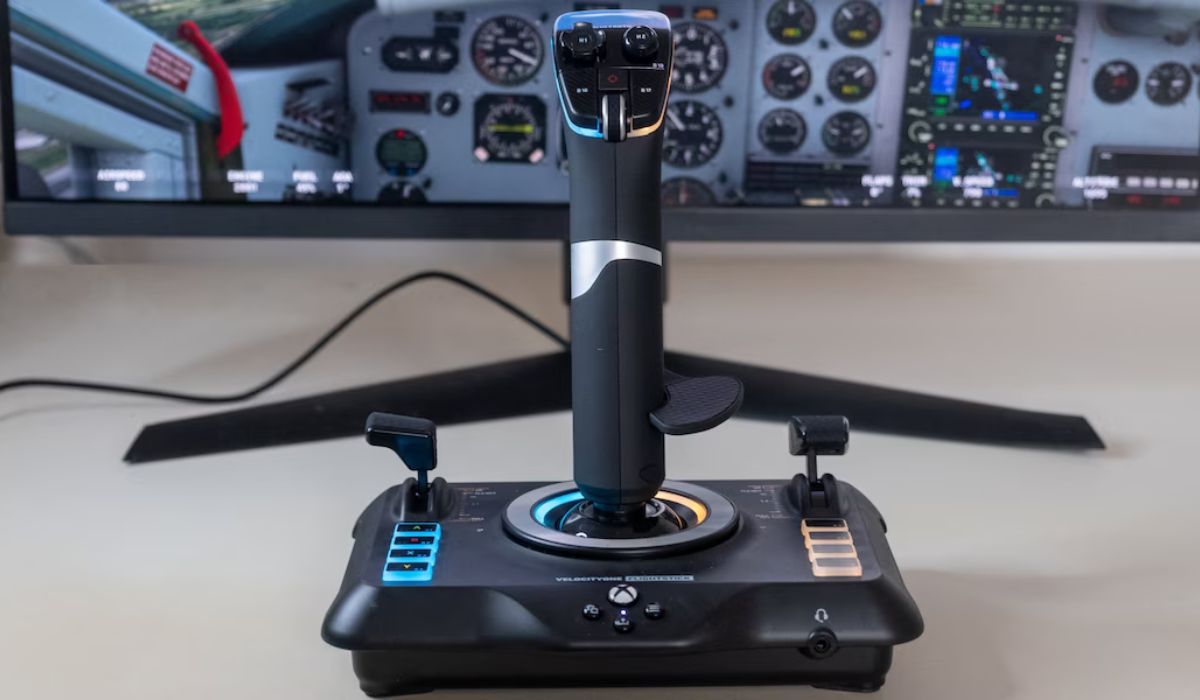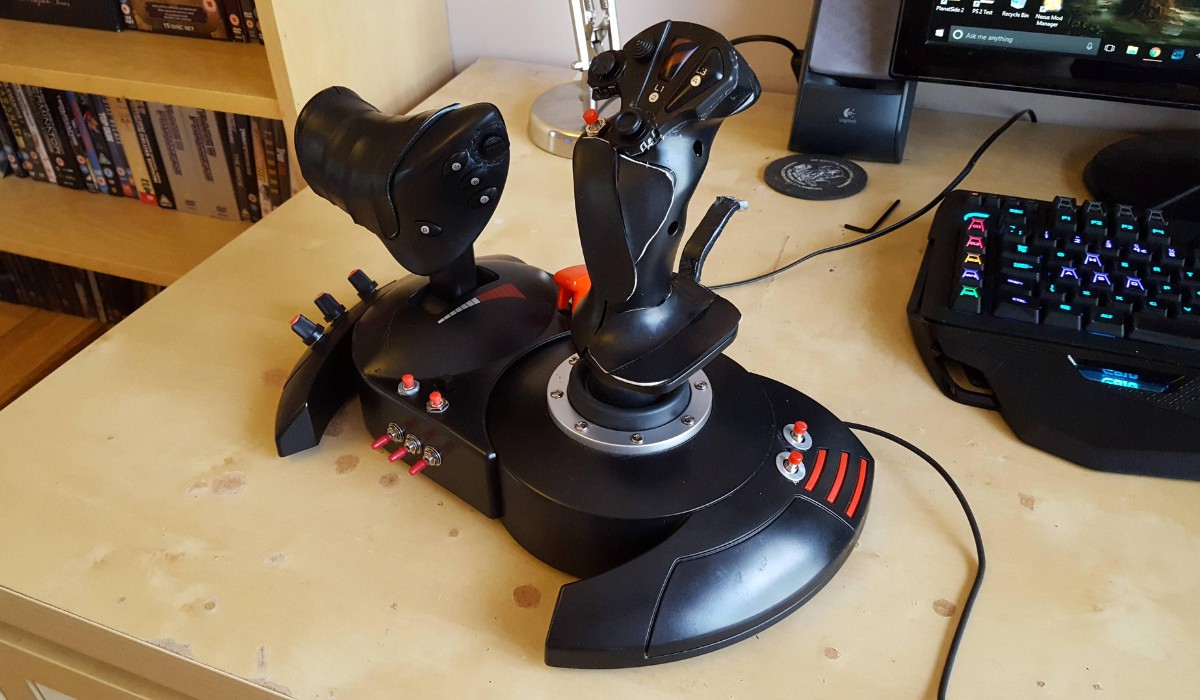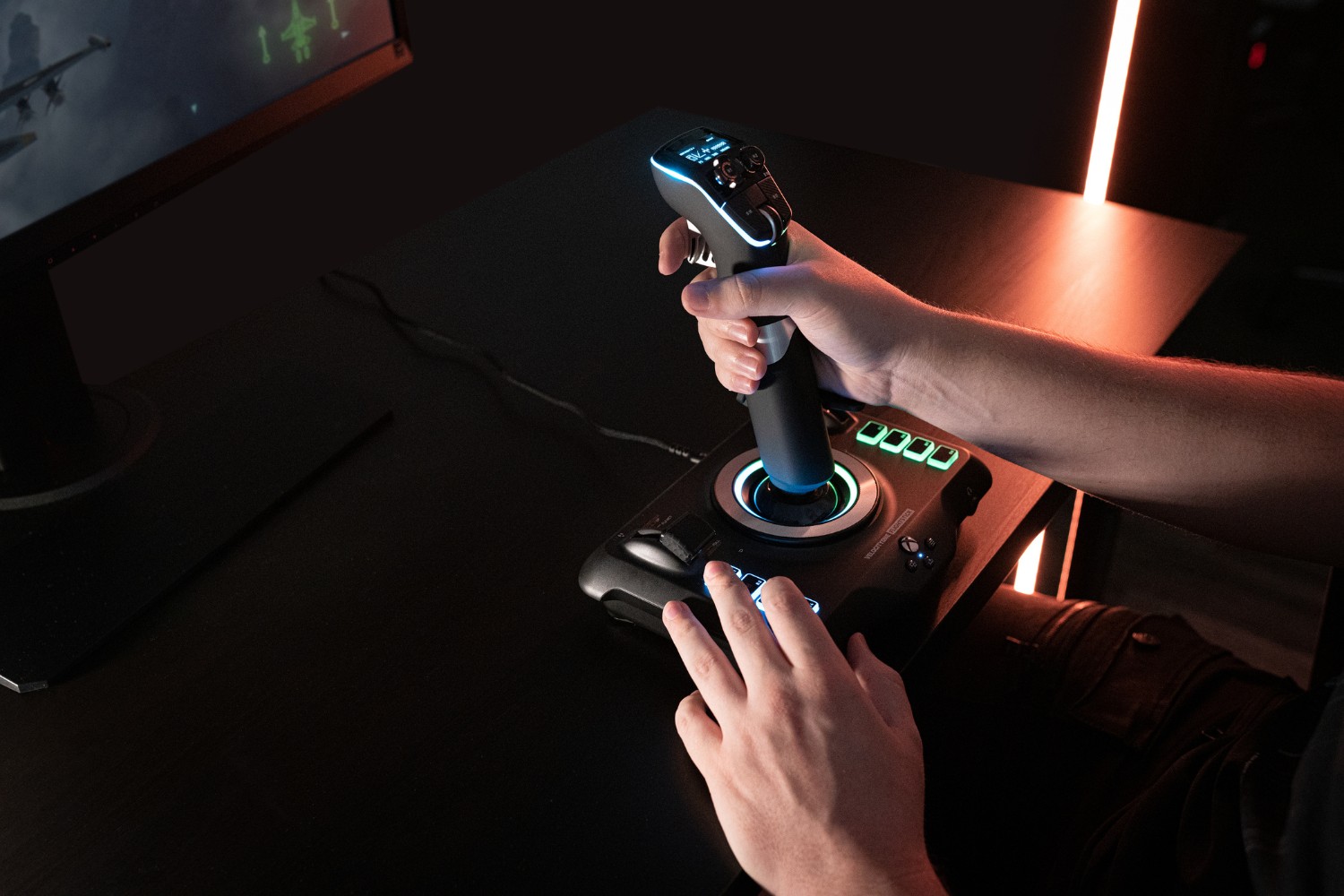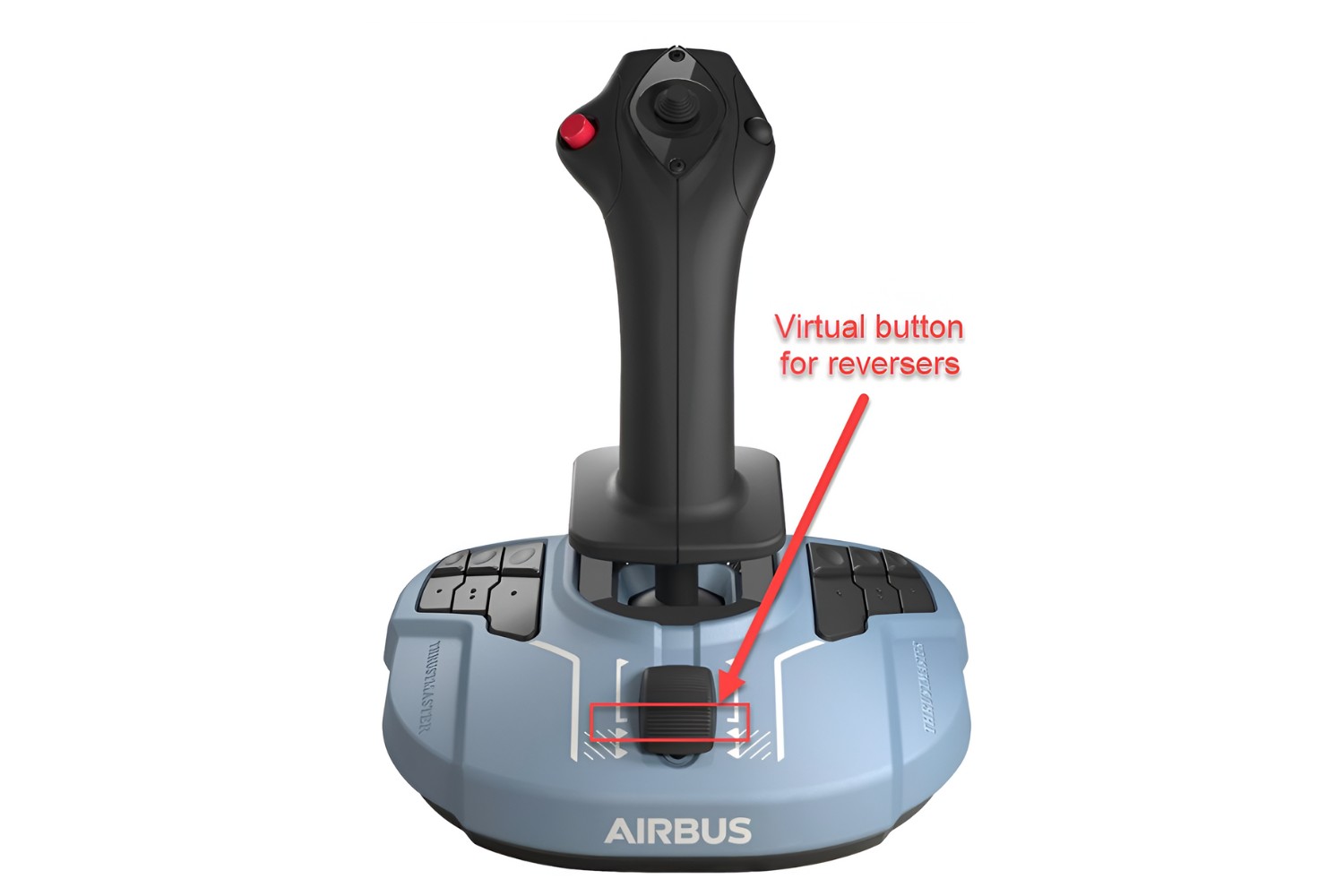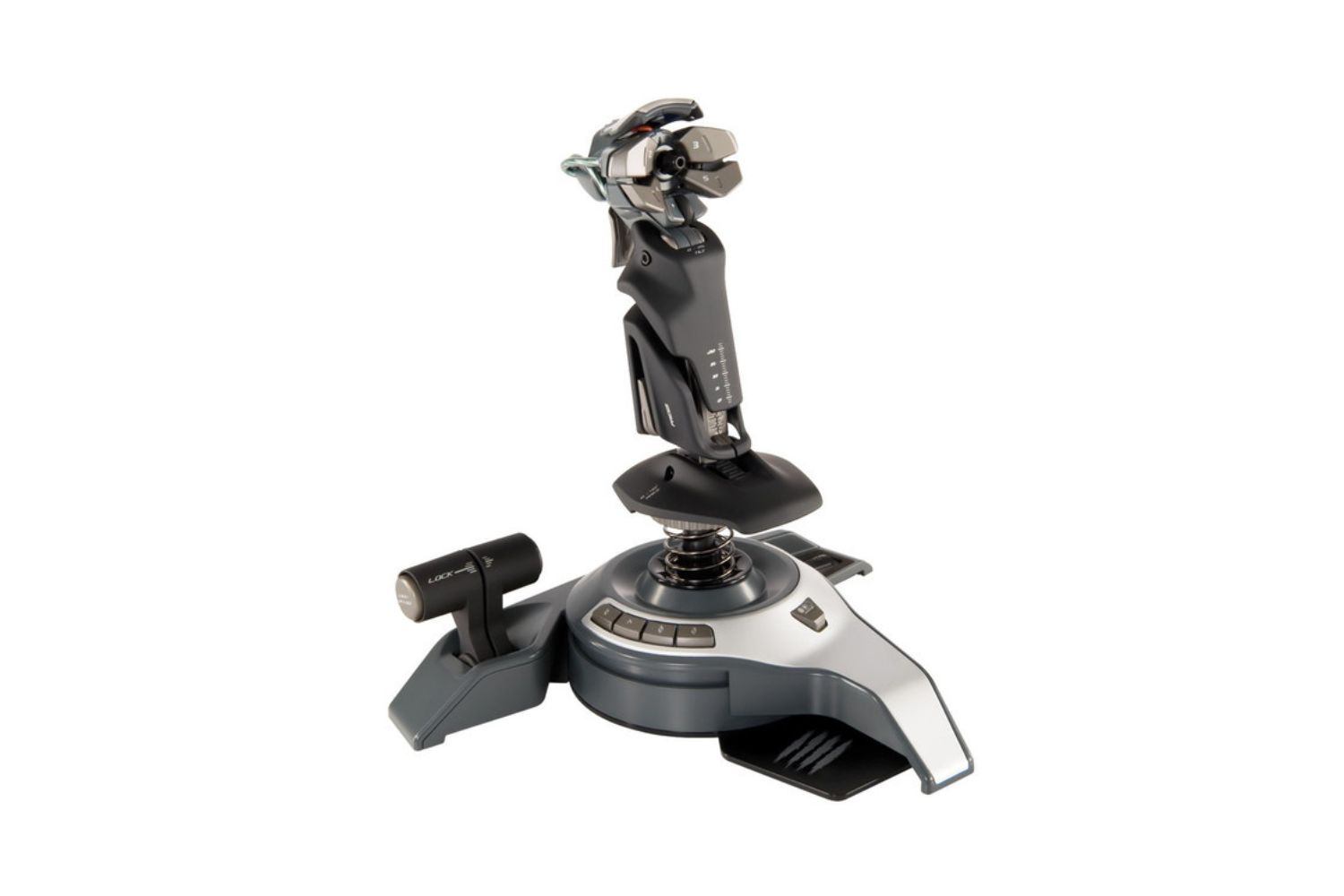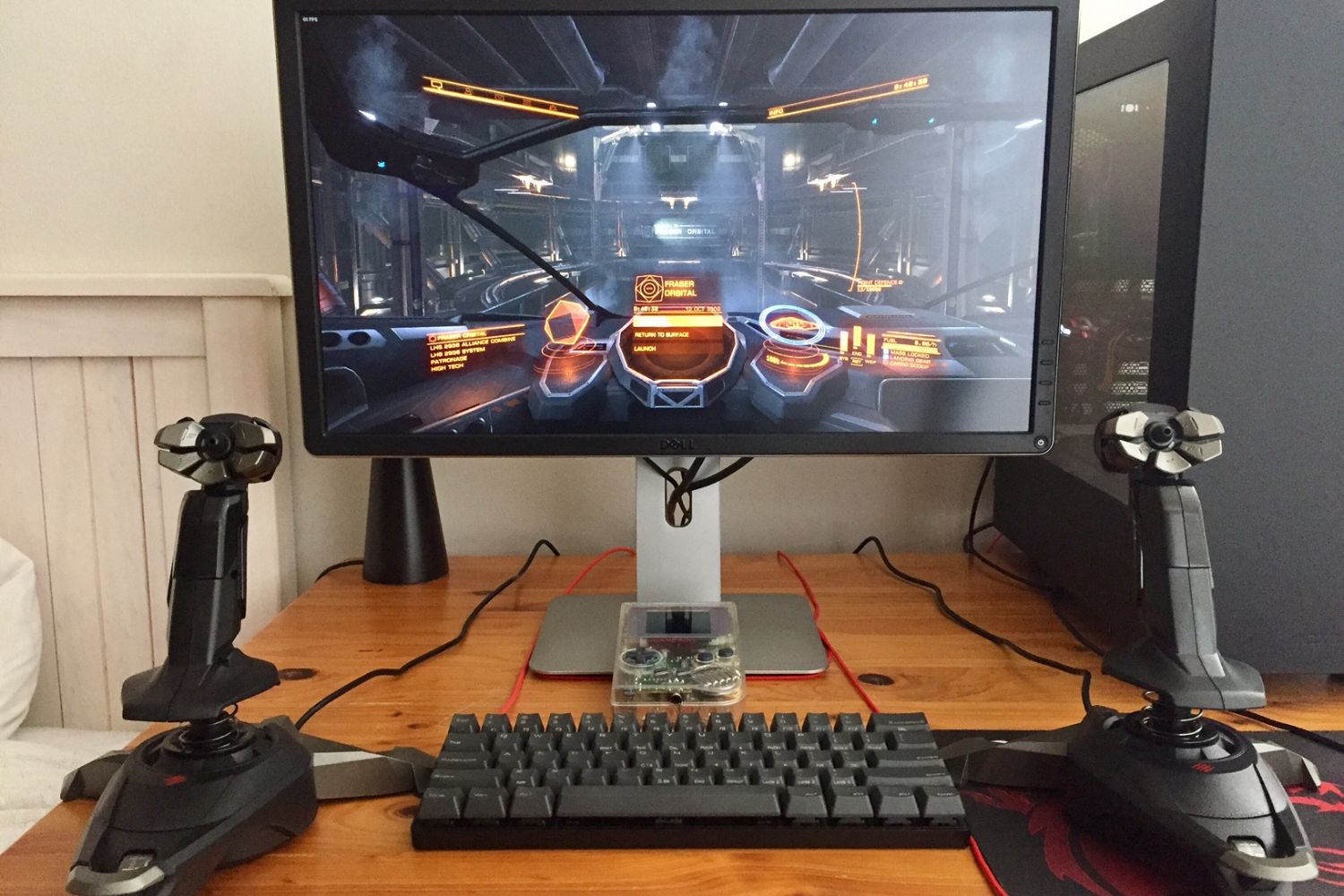Introduction
Welcome to the world of gaming, where precision and control are paramount. Whether you're navigating a virtual battlefield, exploring a digital universe, or racing against opponents, the responsiveness of your game controller can make all the difference. One crucial aspect of controller customization is adjusting axis sensitivity, which directly impacts how your in-game movements correspond to the physical input on your controller. This guide will walk you through the process of fine-tuning axis sensitivity to suit your preferences and optimize your gaming experience.
Understanding and mastering axis sensitivity can significantly enhance your gameplay, allowing for smoother and more accurate control over your in-game actions. Whether you're a seasoned gamer seeking to maximize your performance or a newcomer looking to customize your gaming setup, learning to adjust axis sensitivity is a valuable skill that can elevate your gaming prowess.
In the following sections, we'll delve into the intricacies of axis sensitivity, exploring how it influences your gaming experience and the steps to adjust it on both PC and console platforms. Additionally, we'll provide expert tips for fine-tuning axis sensitivity to match your play style and preferences, empowering you to take full control of your gaming destiny.
So, grab your controller, prepare to embark on a journey of customization, and get ready to elevate your gaming experience through the power of axis sensitivity adjustment. Let's dive in and unlock the potential of your game controller!
Understanding Axis Sensitivity
Axis sensitivity refers to the responsiveness of the analog stick or directional pad on your game controller. When you move the stick or pad, the game interprets the physical input and translates it into in-game movements. The sensitivity of the axis determines how quickly or slowly these movements occur in response to your controller input.
High sensitivity means that even slight movements of the analog stick or directional pad will result in rapid in-game actions. Conversely, low sensitivity requires more pronounced physical input on the controller to produce the same in-game movements. Understanding axis sensitivity is crucial for tailoring your gaming experience to your preferences and play style.
For example, in a first-person shooter game, high axis sensitivity allows for swift aiming and quick camera movements, ideal for fast-paced combat scenarios. On the other hand, low sensitivity provides finer control over aiming, making it easier to precisely target enemies at a distance without overshooting your aim.
Furthermore, axis sensitivity can vary across different games, and even within the same game, different activities may benefit from distinct sensitivity settings. For instance, driving a vehicle in a racing game may require higher sensitivity for responsive steering, while exploring the game world on foot might be more comfortable with lower sensitivity to facilitate precise navigation.
Understanding the nuances of axis sensitivity empowers you to customize your controller settings to match the specific demands of each game and your personal preferences. By adjusting axis sensitivity, you can fine-tune the responsiveness of your controller to achieve optimal precision and control, ultimately enhancing your gaming performance and enjoyment.
Adjusting Axis Sensitivity on PC
Customizing axis sensitivity on a PC involves accessing the settings within the game or using specialized software to adjust the controller’s response to your input. Many PC games offer built-in options to modify axis sensitivity, providing a convenient way to tailor the controller’s behavior to your liking.
1. In-Game Settings:
When playing a game on your PC, navigate to the settings or options menu, where you can often find a section dedicated to controller or input settings. Within this menu, look for the axis sensitivity or controller sensitivity settings. Depending on the game, you may have the option to adjust the sensitivity for individual axes, such as the X and Y axes for the analog sticks. Experiment with different sensitivity levels to find the setting that best suits your play style and preferences.
2. Third-Party Software:
For more advanced customization options, you can utilize third-party software designed to enhance controller functionality on PC. These programs often provide extensive control over axis sensitivity, dead zones, and other parameters, allowing for fine-grained adjustments to optimize your gaming experience. Be sure to research and select reputable software that is compatible with your controller and games.
3. Driver Settings:
If you’re using a specialized gaming controller that requires specific drivers, such as those from renowned manufacturers, you may find additional sensitivity adjustments within the driver software. Explore the driver settings to see if there are options to modify axis sensitivity, dead zones, or other relevant parameters. Adjusting these settings at the driver level can have a global impact on your controller’s behavior across various games and applications.
By leveraging these methods, you can effectively fine-tune the axis sensitivity of your game controller on PC, ensuring that your in-game movements align seamlessly with your physical input, ultimately enhancing your gaming precision and control.
Adjusting Axis Sensitivity on Console
Customizing axis sensitivity on a gaming console involves utilizing the settings available within the console’s system menu or adjusting sensitivity options within individual games. While the specific methods may vary between console platforms, the overarching goal remains the same: to tailor the controller’s responsiveness to your desired level of precision and control.
1. System Settings:
Most modern gaming consoles, such as the PlayStation and Xbox systems, offer system-level settings that allow you to adjust controller sensitivity. Navigate to the console’s settings menu, and look for options related to controllers or input devices. Within these settings, you may find options to modify the sensitivity of the analog sticks or directional pad. Adjusting these settings can have a global impact on how your controller behaves across various games and applications on the console.
2. In-Game Settings:
When playing a game on your console, explore the game’s settings or options menu to locate controller sensitivity adjustments. Many games provide the flexibility to fine-tune axis sensitivity to match your preferences. Look for options to adjust sensitivity for individual axes, such as the X and Y axes for the analog sticks. Experiment with different sensitivity levels to find the optimal setting for each game you play.
3. Controller-Specific Customization:
Some gaming controllers designed for consoles offer additional customization options through companion apps or specialized settings. For example, certain controllers may allow you to adjust sensitivity profiles, dead zones, and other parameters using dedicated software or mobile apps. Check the documentation or manufacturer’s website for information on accessing these advanced customization features.
By leveraging these methods, you can effectively tailor the axis sensitivity of your game controller on console, empowering you to achieve precise and responsive control in your favorite games. Whether you’re navigating virtual worlds, engaging in intense combat, or maneuvering vehicles, customizing axis sensitivity can greatly enhance your gaming experience on console platforms.
Tips for Fine-Tuning Axis Sensitivity
Fine-tuning axis sensitivity is a personalized process that can greatly impact your gaming performance and comfort. Here are some expert tips to help you optimize the axis sensitivity of your game controller:
- Experimentation: Start by experimenting with different sensitivity settings in a controlled environment, such as a practice mode or less intense gameplay scenarios. This allows you to gauge the impact of sensitivity adjustments without the pressure of competitive gameplay.
- Game-Specific Adjustments: Recognize that different games may benefit from unique sensitivity settings based on their gameplay mechanics and pacing. Consider creating custom sensitivity profiles for specific games to ensure an optimal experience in each title.
- Gradual Adjustments: When modifying sensitivity settings, make gradual changes and test each adjustment to assess its impact. Small incremental tweaks can help you find the ideal balance between responsiveness and precision.
- Consider Dead Zones: In addition to sensitivity, pay attention to dead zones, which determine the amount of physical movement required to initiate in-game actions. Adjusting dead zones alongside sensitivity can refine the overall responsiveness of your controller.
- Player Preferences: Take into account your individual play style and comfort. Some players may prefer higher sensitivity for rapid reflexes, while others may favor lower sensitivity for precise aiming and control. Customize sensitivity to align with your natural gaming tendencies.
- Community Recommendations: Engage with gaming communities, forums, and online resources to gather insights and recommendations regarding optimal sensitivity settings for specific games and genres. Community feedback can provide valuable guidance in refining your sensitivity configurations.
- Regular Reassessment: As you gain experience and encounter diverse gaming scenarios, periodically reassess your sensitivity settings to ensure they remain conducive to your evolving skills and preferences.
By incorporating these tips into your axis sensitivity customization process, you can fine-tune your game controller to deliver the responsiveness and precision you need to excel in various gaming experiences. Embrace the iterative nature of sensitivity customization and enjoy the enhanced control and gameplay fluidity it brings to your gaming endeavors.
Conclusion
Mastering the art of adjusting axis sensitivity empowers gamers to tailor their controller’s responsiveness to match their unique play styles and gaming preferences. Whether you’re engaging in intense combat, navigating intricate environments, or competing in fast-paced racing games, the ability to fine-tune axis sensitivity can significantly enhance your control and precision, ultimately elevating your gaming experience.
By understanding the nuances of axis sensitivity and leveraging the customization options available on both PC and console platforms, gamers can unlock the full potential of their game controllers. From system-level settings to in-game adjustments and specialized software, the tools for refining axis sensitivity are readily accessible, allowing for personalized optimization based on individual gaming needs.
Furthermore, the expert tips for fine-tuning axis sensitivity provide valuable guidance for gamers seeking to maximize their control and comfort. Through experimentation, game-specific adjustments, gradual modifications, consideration of dead zones, and community recommendations, players can refine their sensitivity settings to align seamlessly with their gaming prowess and natural tendencies.
As the gaming landscape continues to evolve, the significance of axis sensitivity customization remains paramount, enabling gamers to adapt their controllers to diverse gaming scenarios and genres. Regular reassessment of sensitivity settings ensures that gamers stay attuned to their evolving skills and preferences, fostering a dynamic and responsive gaming experience.
In essence, the ability to adjust axis sensitivity represents a pivotal aspect of controller customization, offering a pathway to enhanced control, precision, and immersion in the gaming realm. Embrace the art of axis sensitivity adjustment, and embark on a journey of personalized gaming optimization, where every movement and action align seamlessly with your intentions, enriching your gaming endeavors with unparalleled responsiveness and precision.









